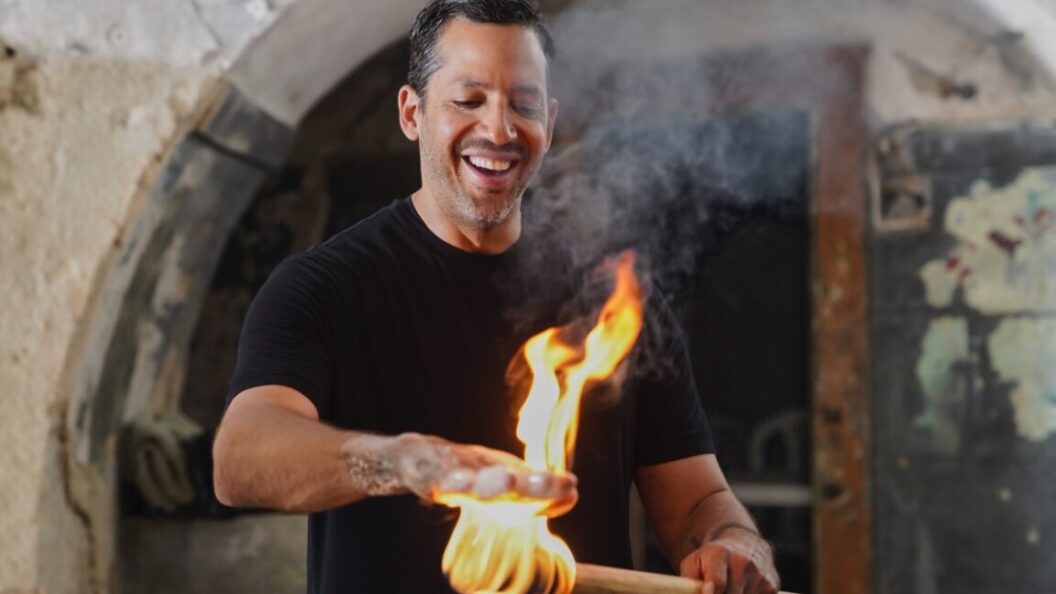23andMe Enters Chapter 11 Bankruptcy Amidst Financial Struggles and Leadership Changes
In a significant development for the personal genomics industry, 23andMe, a prominent genetic testing and ancestry company, announced on Sunday that it has filed for Chapter 11 bankruptcy. The decision comes as the company grapples with ongoing financial losses and a contentious leadership struggle that culminated in the resignation of its entire board of directors in September. CEO Anne Wojcicki has also stepped down, expressing intentions to purchase the company and transition it to private ownership.
Financial Challenges and Leadership Turmoil
23andMe’s financial woes have been well documented, with losses accruing for several years. The company, known for providing insights into customers’ genetic backgrounds and health predispositions, has struggled to maintain profitability in an increasingly competitive market. Wojcicki’s resignation marks a pivotal shift in leadership amidst these challenges, placing the future direction of the company in uncertainty.
In the wake of the board’s resignation and Wojcicki’s departure, the company has sought a court’s assistance to facilitate a sale. This process is intended to maximize asset value and ensure a smoother transition to potential new ownership. The company has also secured interim funding to continue operations during this tumultuous period.
Privacy Concerns Surrounding Genetic Data
A crucial aspect of this bankruptcy process is the fate of the genetic information belonging to 23andMe’s approximately 15 million customers. With ongoing discussions about the company’s potential sale, concerns over the protection and use of consumer genetic data have surfaced. While U.S. laws do impose certain restrictions on how genetic information can be used, the legal landscape remains complex, leaving room for ambiguity.
Industry experts and consumer advocates are wary about who may acquire the company and how they will handle this sensitive data. The implications of genetic data management extend beyond individual privacy, as they could shape the broader discourse around genetic research and commercial exploitation in the biotech sector.
Market Dynamics and Emerging Competition
Since its inception, 23andMe has faced escalating competition as the genetic testing industry has evolved. The company first gained traction during a period when genetic “gene chips” allowed consumers to assess various genomic variations linked to different health conditions. While the initial appeal centered on health insights, many customers were primarily attracted to heritage exploration.
However, as technology advanced, gene chips became commoditized, enabling numerous competitors to enter the market. Some of these companies possess substantial advantages, such as established reputations for merging genealogical data with public records, which has made it increasingly difficult for 23andMe to distinguish itself.
Moreover, pharmaceutical companies interested in genetic links to diseases have the means to create their own databases or utilize extensive public resources such as the UK’s Biobank. This shift towards self-sufficiency among potential partners has further strained 23andMe’s position in the marketplace.
The Future of 23andMe and Its Customers
As 23andMe navigates through bankruptcy proceedings, the future of the company hinges on its ability to find a willing buyer and secure its customer data’s integrity. The process not only raises questions about the company’s commercial viability but also casts a shadow on how consumer privacy will be protected going forward.
Potential buyers, if interested, will not only acquire a brand but also a vast trove of genetic information, which poses both ethical and logistical considerations. The discussions surrounding the sale will be closely monitored by consumers, investors, and industry stakeholders alike, as outcomes could significantly impact the landscape of personal genomics and genetic privacy.
Conclusion: Significant Implications Ahead
The filing for Chapter 11 bankruptcy reflects broader trends affecting the biotechnology sector, illustrating the challenges of maintaining profitability in a competitive landscape marked by rapid technological advancement. As 23andMe attempts to reorganize, its story serves as a cautionary tale of the intersecting forces of innovation, consumer privacy, and market dynamics in the ever-evolving world of genetic testing. The company’s journey ahead will undoubtedly be watched closely, as it may set precedents influencing the industry’s future direction and the ethical management of consumer data.












